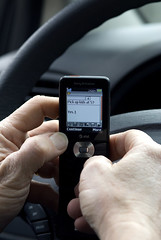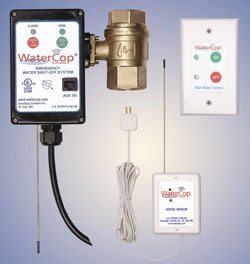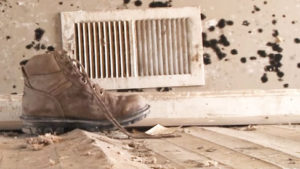The Importance of Uninsured Motorist Coverage
Frequently we see customers who select minimum limits on their Uninsured Motorist (UM) coverage. However, this could very well be a case of being penny-wise and pound-foolish. Uninsured Motorist is inexpensive but important coverage for you and your passengers.
Coverage for YOU
First of all, UM is coverage for you & your passengers. It was recently estimated that one out of every five drivers in California is uninsured. The next time you are on the road, look at the drivers around you. The odds are one of the four cars you see is uninsured.
Secondly, UM (in California) is coverage for both uninsured and underinsured (UIM) motorists. A motorist with minimum limits only has $15,000 available per person for the medical bills for you or your passengers and $30,000 for the entire accident, no matter how many people are involved.
UM is a very inexpensive coverage to buy. As an example, one personal auto policy I looked at that had $100,000 per person / $300,000 per accident limits for UM portion & was only $32!
Many people think that UM isn’t important because their collision and medical insurance will cover these expenses. However, even in the best of circumstances the medical insurance deductibles will not be covered. In addition, some medical insurance policies could exclude injuries caused by another. And, what about your passengers? Your medical insurance certainly wouldn’t cover them.
As a guideline, you may want to consider setting the limits for UM to be the same as your regular automobile liability limits. So, for example, if you have 100,000/300,000 liability limits, you would also want to have 100,000/300,000 limits.
 From the Free-is-Good Department
From the Free-is-Good Department
 This group, the “young invincibles”, have for a very long time been one group that was most averse to health coverage. That apparently has changed, as the attached article point out. Perhaps as a result of awareness from the administration’s reform efforts? One of the big problems with making health coverage has always been the healthy people. It takes healthy people paying into the system “just in case” to spread the cost of health coverage out.
This group, the “young invincibles”, have for a very long time been one group that was most averse to health coverage. That apparently has changed, as the attached article point out. Perhaps as a result of awareness from the administration’s reform efforts? One of the big problems with making health coverage has always been the healthy people. It takes healthy people paying into the system “just in case” to spread the cost of health coverage out.
 I read about this device over the weekend. The write-up was by someone who had one of these installed in him home and it saved him a great deal of grief. The shutoff is radio connected to sensors that trigger the shutoff by as little as a few ounces of liquid.
I read about this device over the weekend. The write-up was by someone who had one of these installed in him home and it saved him a great deal of grief. The shutoff is radio connected to sensors that trigger the shutoff by as little as a few ounces of liquid. It’s important to be prepared for flooding no matter where you live, but particularly if you are in a low-lying area, near water or downstream from a dam. Even a very small stream or dry creek bed can overflow and create flooding. There are three steps that every individual can take now, to better prepare themselves and their families:
It’s important to be prepared for flooding no matter where you live, but particularly if you are in a low-lying area, near water or downstream from a dam. Even a very small stream or dry creek bed can overflow and create flooding. There are three steps that every individual can take now, to better prepare themselves and their families: